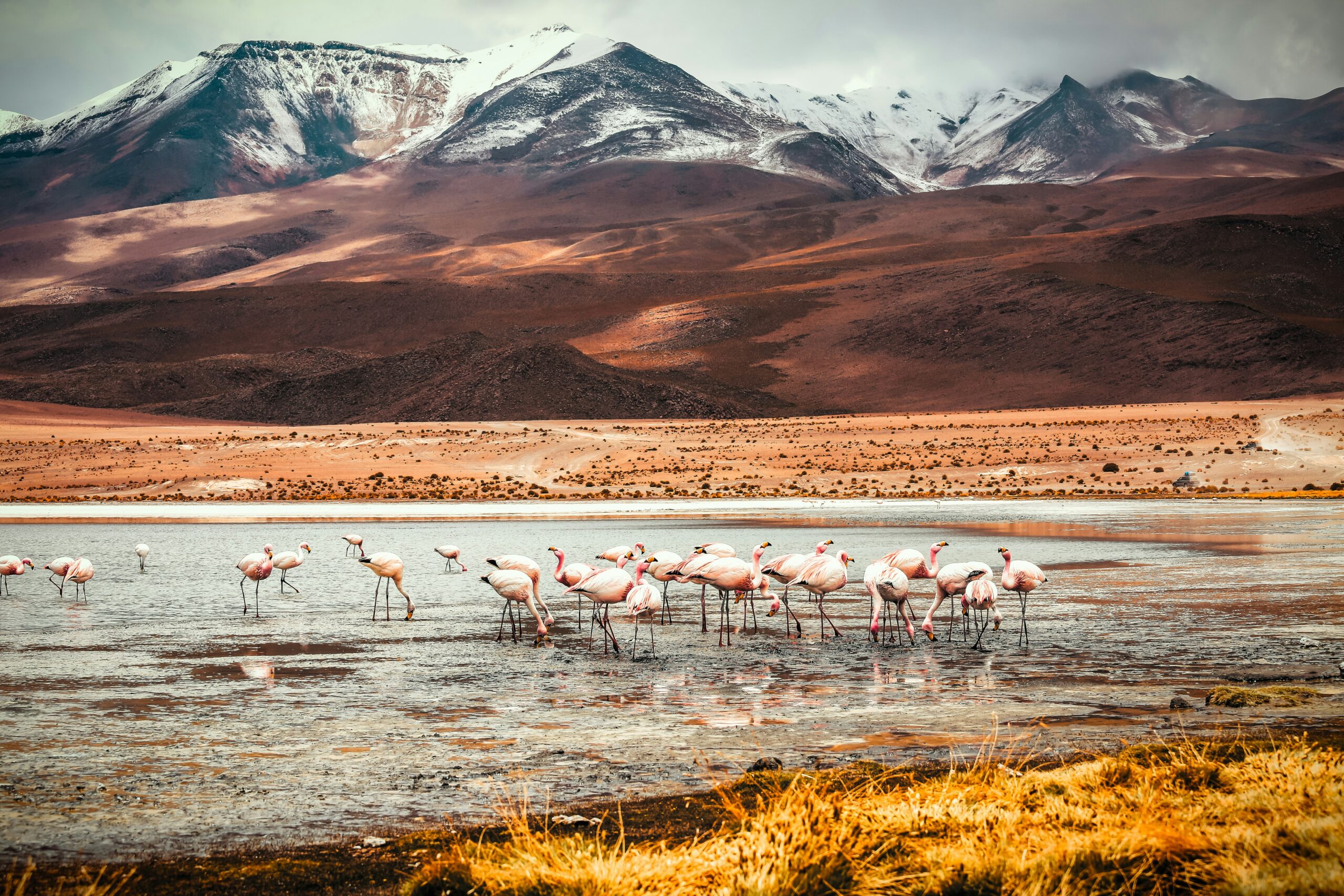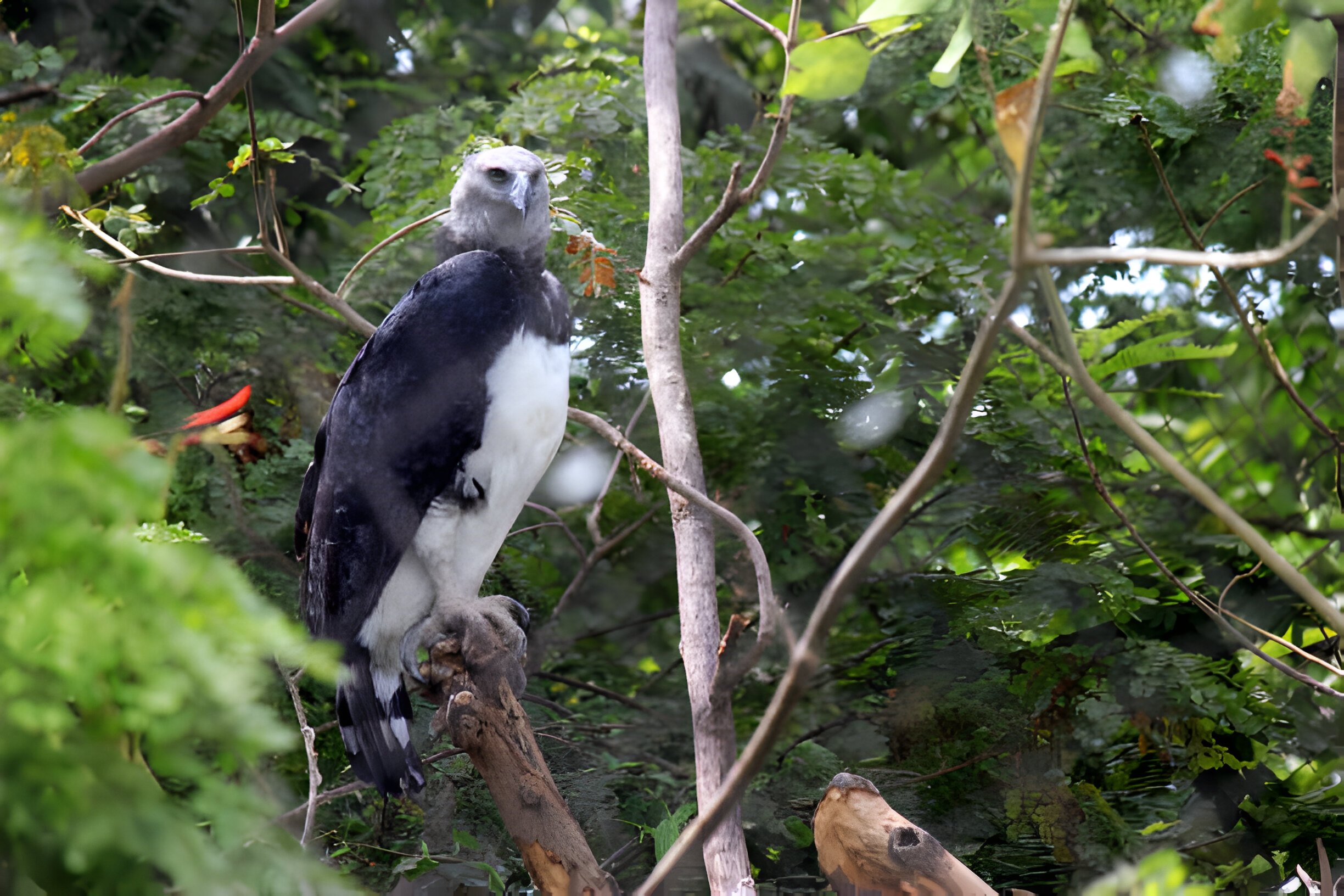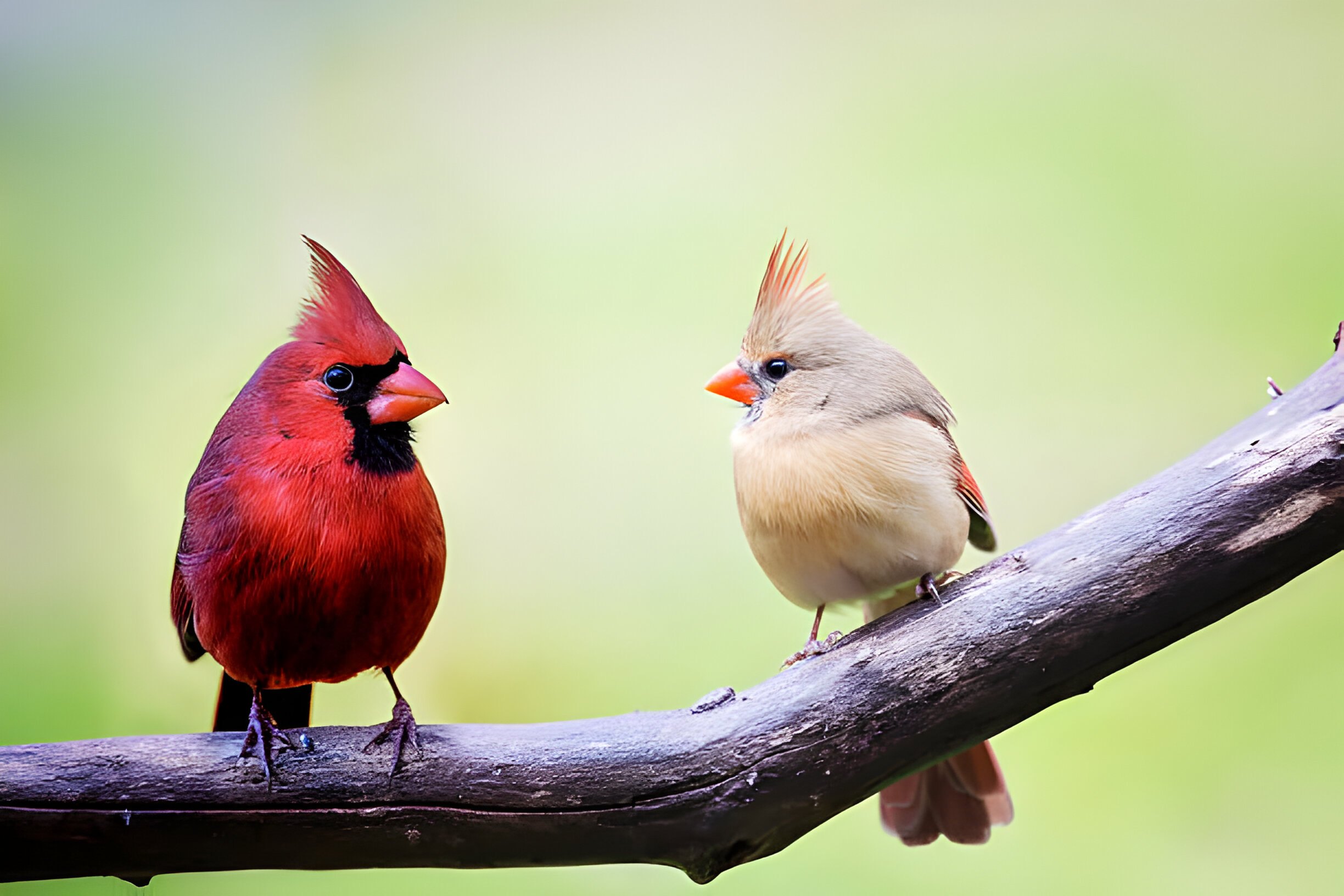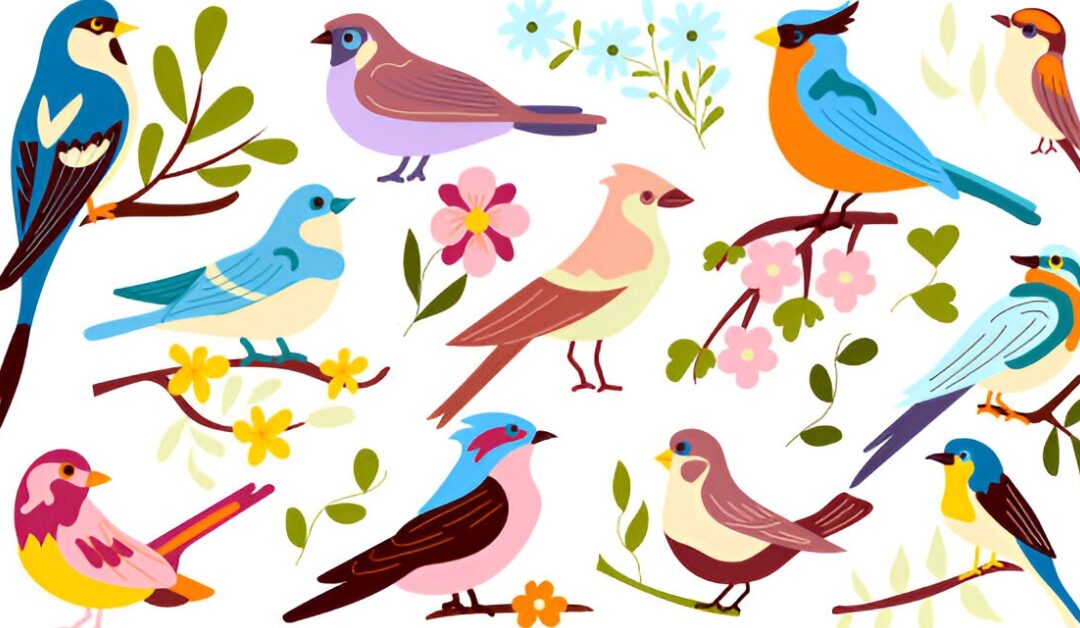Birds surround us, whether soaring high in the sky, singing sweetly from a tree branch, or pecking at seeds on the ground. Their colorful plumage and melodious songs captivate birdwatchers and casual observers alike. However, have you ever wondered just how many species of birds there are? In this blog post, we will explore the incredible diversity of bird species, how they are classified, and the importance of counting and conserving these remarkable creatures.
What Defines a Bird?
To understand the sheer variety of bird species, we first must define what makes a bird a bird. Birds belong to the class Aves, characterized by feathers, beaks, and the ability to lay eggs. They are warm-blooded vertebrates with a high metabolic rate, a four-chambered heart, and lightweight skeletons allowing flight. This definition encompasses many creatures, from the tiny hummingbird to the majestic eagle.

The Global Count of Bird Species
The world is home to an astonishing number of bird species. According to the International Ornithologists‘ Union (IOU), there are currently over 10,000 recognized bird species. This number is continually refined as new species are discovered and taxonomic classifications are updated. Most bird species are found in tropical regions, with countries like Brazil, Colombia, and Indonesia boasting the highest numbers.
Regional Bird Hotspots
Certain areas of the world are particularly rich in bird biodiversity. For example, the Amazon Rainforest in South America has an incredible array of bird species, including the vibrant toucan and the elusive harpy eagle. Similarly, the rainforests of Southeast Asia and the African savannas host many unique and colorful birds. These regions are vital for bird conservation, providing essential habitats for many endangered species.

The Challenge of Accurate Bird Counting
Counting bird species is no easy task. Birds are highly mobile, and their populations fluctuate due to migration, breeding, and environmental changes. Additionally, some species are incredibly elusive, making them difficult to observe and document. Ornithologists and citizen scientists rely on various methods to estimate bird populations accurately, including field surveys, acoustic monitoring, and satellite tracking.

The Importance of Bird Counting
Accurate bird counting is crucial for several reasons. It helps scientists understand population trends, identify endangered species, and develop conservation strategies. Birds serve as indicators of ecosystem health, so monitoring their numbers can provide valuable insights into broader environmental changes. Furthermore, bird counting fosters a deeper appreciation for these fascinating creatures and encourages efforts to protect their habitats.
Unique and Endangered Bird Species
Many unique and endangered bird species capture the imagination of bird enthusiasts. One such example is the critically endangered kakapo, a flightless parrot native to New Zealand. With only about 200 individuals remaining, efforts to save this species are critical. Another fascinating bird is the shoebill, a large, stork-like bird found in the swamps of central Africa. Its prehistoric appearance and hunting behavior make it a favorite among birdwatchers.
The Role of Birdwatching in Conservation
Birdwatching, or birding, plays a significant role in understanding bird species and their habitats. This popular hobby provides enjoyment and relaxation and contributes to scientific research. Birdwatchers often participate in citizen science projects, recording observations and contributing valuable data to bird monitoring programs. This collective effort helps track bird populations and supports conservation initiatives.

Citizen Science and Bird Conservation
Citizen science is a powerful tool for bird conservation. Researchers can gather large amounts of data across vast geographical areas by engaging the public in bird monitoring efforts. Projects like the Christmas Bird Count and eBird allow birdwatchers to record their sightings and share information with the scientific community. This collaboration between professionals and amateurs enhances our understanding of bird species and informs conservation strategies.

Birds and Their Habitats
Birds are incredibly adaptable and can be found in almost every habitat on Earth, from dense forests and open grasslands to arid deserts and icy polar regions. Each species has unique adaptations that allow it to thrive in its specific environment. For example, the cactus wren is well-suited to the harsh conditions of the desert, while the puffin is perfectly at home on the rocky cliffs of the North Atlantic.
The Threats Facing Bird Populations
Despite their adaptability, many bird species face significant threats. Habitat loss due to deforestation, urbanization, and agriculture is a major concern. Climate change also poses challenges, altering migration patterns and affecting food availability. Invasive species, pollution, and hunting further compound these issues. Addressing these threats requires coordinated efforts at local, national, and global levels.
Conservation Success Stories
There have been notable successes in bird conservation. The bald eagle’s recovery in the United States is a prime example. Once on the brink of extinction due to pesticide use and habitat loss, the bald eagle population has rebounded thanks to conservation measures like banning DDT and protecting nesting sites. Similarly, the kakapo recovery program in New Zealand has made significant strides in increasing the population of this rare parrot.

How You Can Help Protect Bird Species
Everyone can help protect bird species and their habitats. Simple actions like creating bird-friendly gardens, reducing pesticide use, and supporting conservation organizations make a difference. Participating in birdwatching activities and citizen science projects can also contribute to bird conservation. By raising awareness and advocating for policies that protect natural habitats, individuals can help ensure a future for these remarkable creatures.
Conclusion
Birds are integral to our natural world, captivating us with their beauty and diversity. Understanding the number of bird species and their challenges is essential for their conservation. By engaging in birdwatching and citizen science, we can contribute to efforts that protect these incredible creatures and their habitats. Let’s celebrate the enigmatic world of bird species and work together to ensure their survival for future generations.

